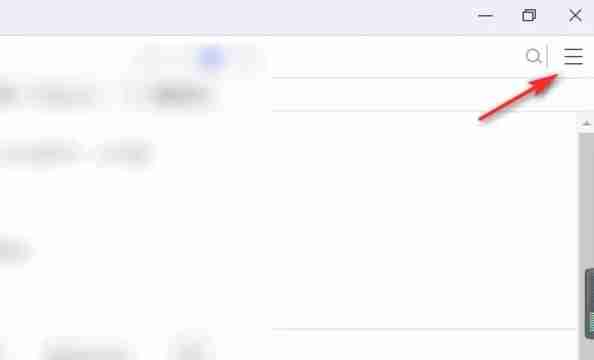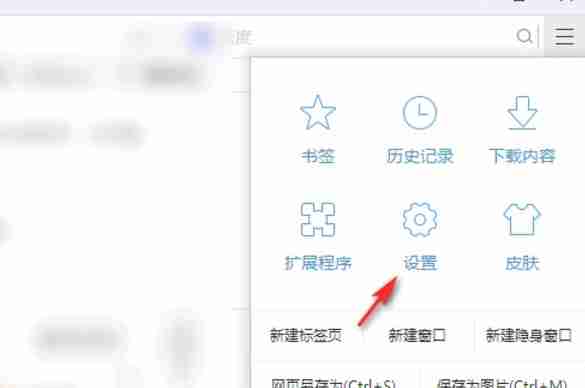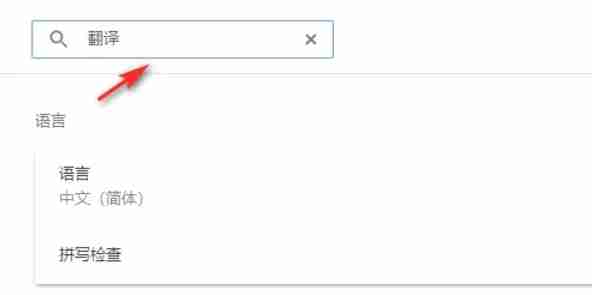Unlocking the Power of Google Chrome's Translation Features: A Comprehensive Guide
This guide provides a step-by-step walkthrough on how to effortlessly translate web pages using Google Chrome's built-in translation tools. Mastering these techniques will eliminate language barriers and enhance your multilingual browsing experience.
Step 1: Accessing the Settings Menu
Locate and click the Chrome menu icon (usually three vertical dots or three horizontal lines) in the upper right-hand corner of your browser window.

Step 2: Navigating to Settings
In the dropdown menu, select "Settings." This will open Chrome's settings page.

Step 3: Locating Translation Settings
At the top of the settings page, you'll find a search bar. Enter "Translate" or "Language" to quickly find the relevant settings.

Step 4: Accessing Language Settings
You'll see an option labeled "Languages" or "Translation services." Click on this option.
Step 5: Managing Languages
The language settings page displays a list of languages supported by Chrome. You can add new languages, remove existing ones, or adjust their order of preference.

Step 6: Enabling Automatic Translation
Crucially, locate the option that says "Offer to translate pages that aren't in a language you read." Ensure this option is enabled. Now, when you visit a webpage in a language other than your default, Chrome will automatically prompt you to translate it.
By following these steps, you'll unlock the full potential of Google Chrome's translation capabilities, enabling seamless browsing of websites in any language.








